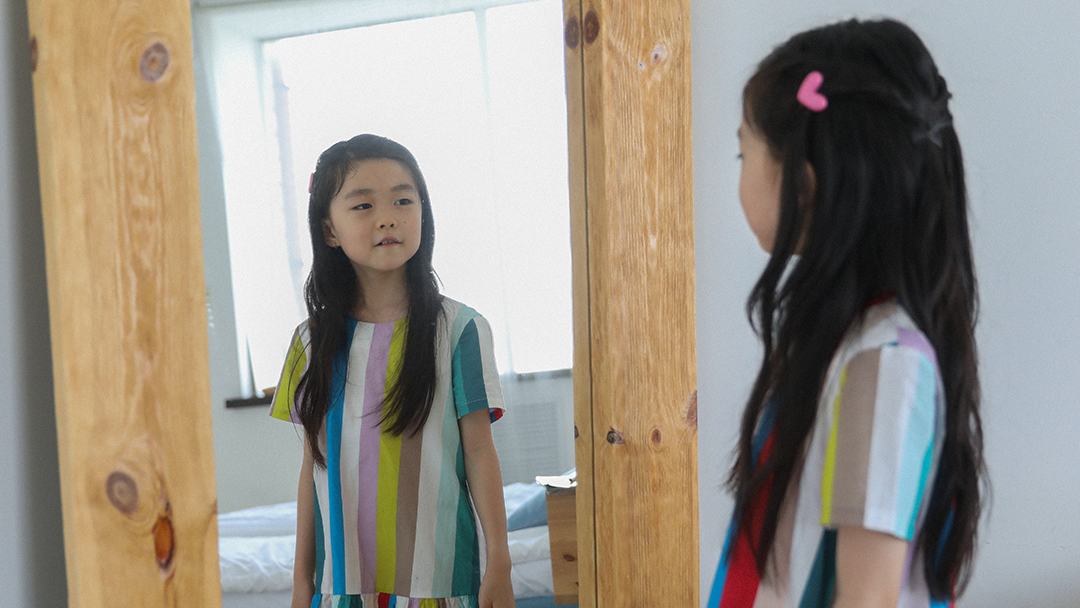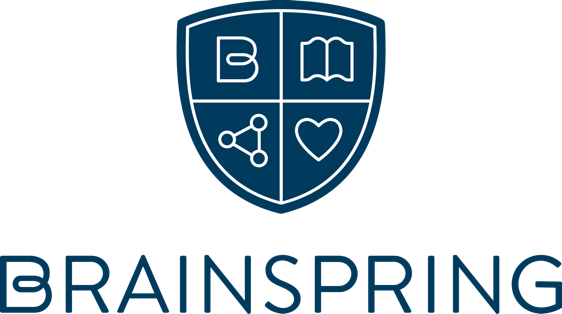Multisensory Monday: Mirrors & Phonics
Posted by Brainspring on 26th Jul 2021
"Mirror, mirror, on the wall: What is the greatest teaching tool of all?"
 While it is no secret to speech pathologists, it may come as a surprise to others that using a mirror when teaching phonics is highly effective. This common device is paramount in helping students correctly produce consonant and vowel sounds and differentiates between similar letter sounds. Think about the different positions your mouth, tongue, and jaw are in when you produce these sounds. Are your lips open or closed? Where is your tongue? These are things to note and point out to your students.
While it is no secret to speech pathologists, it may come as a surprise to others that using a mirror when teaching phonics is highly effective. This common device is paramount in helping students correctly produce consonant and vowel sounds and differentiates between similar letter sounds. Think about the different positions your mouth, tongue, and jaw are in when you produce these sounds. Are your lips open or closed? Where is your tongue? These are things to note and point out to your students.
First, it is essential to model the designated sound accurately and have your students listen and watch your mouth. Then have them practice pronouncing the sound while looking in the mirror. Short vowel sounds are the trickiest because they are so similar. When producing the short /o/ and the short /a/ sound, the mouth is wide open, and the tongue is low. When making the long /o/ sound, the lips form the shape of an “o.”
While it is no reflection on instructors that students often confuse similar letter sounds, it is worth teaching children the difference between voiced and unvoiced consonants. If a consonant is voiced, the vocal cords will vibrate. While looking in the mirror, have children put two fingers on their voice box while making the different consonant sounds to feel the vibration or lack of.
The following pairs of letters are formed in the mouth the same way. The only difference is whether they are voiced or not. It is no wonder they are often confused!
Voiced vs. Unvoiced
- /b/ /p/
- /d/ /t/
- /g/ /k/
- /j/ /ch/ /sh/
- /th/ (hard, as in “the”)
- /th/ (soft, as in “thumb”)
Often the /f/ sound gets confused with the /th/ sound. Showing students that the tongue touches the front teeth for the /th/ sounds and that the front teeth touch the lower lip for the /f/ sound is helpful. Having them practice this in front of the mirror and saying words beginning with these sounds is very beneficial. Some younger learners have a challenging time if they are missing their front teeth! However, teaching and modeling the difference will help them identify the sounds. Eventually, they will be able to produce these sounds correctly!
Get those mirrors out and have fun with this multisensory tool that will assist your students with their phonetic skills!
Written by Julie Palermo.
Julie is a Reading Interventionist and Brainspring tutor.
Brainspring has proudly supported the educational community for more than 25 years.
Our Educator Academy provides educators in grades K-12 with comprehensive MSL Professional Development courses. Learn more about our in-person and online professional development.
The Learning Centers support students through one-on-one, multisensory tutoring sessions. Learn more about our in-person (available in Southeast Michigan) and nationwide online tutoring.

